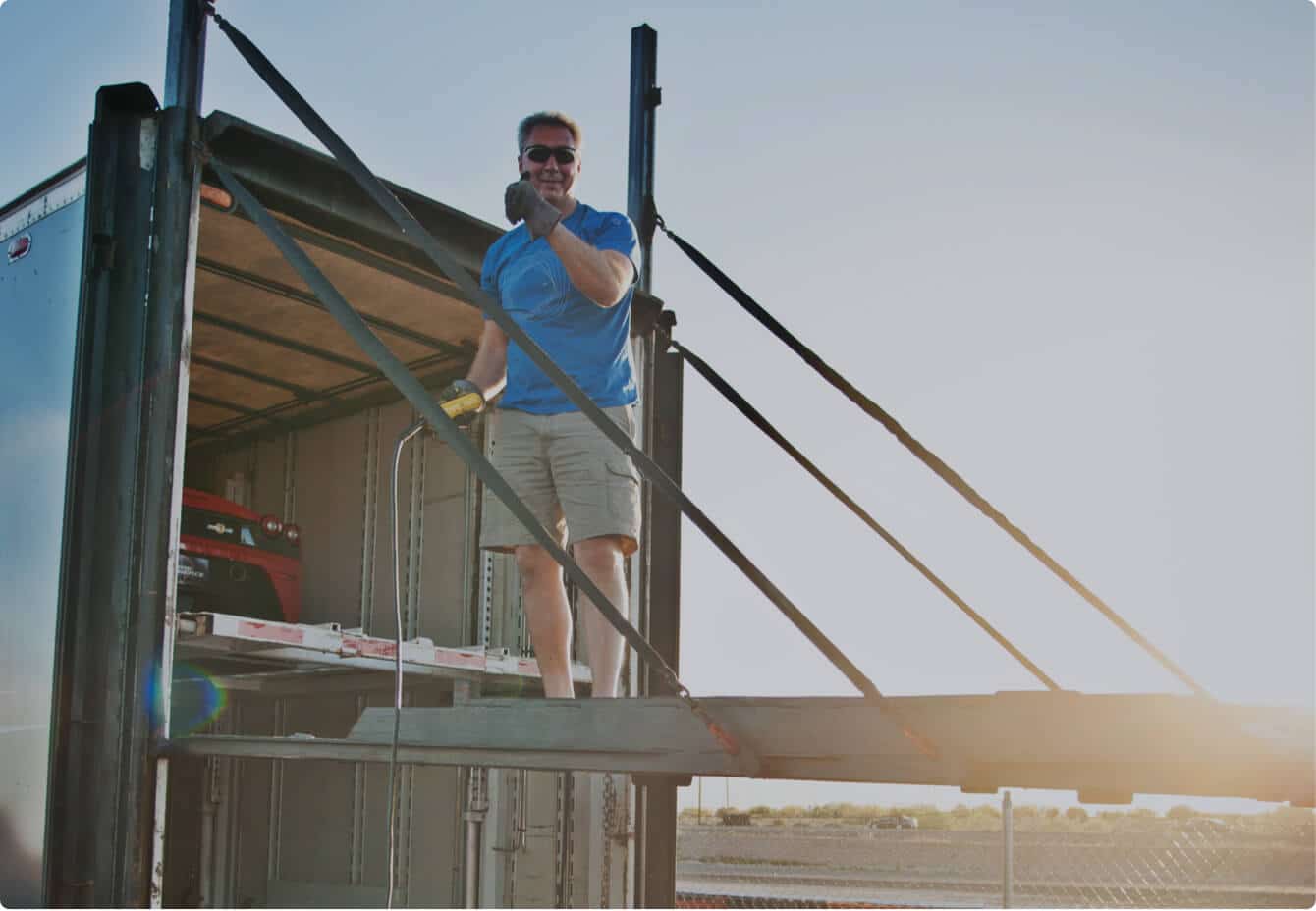Fast & reliable nationwide auto transport company
Montway Auto Transport is the number one rated car transporter in the U.S.
Read what other customers say about their experience with one of the best rated car transport companies:
How do I book with an auto transport company?
Montway Auto Transport’s company guide to quick, easy and safe auto shipping
See how it works

Our auto transporter steps:
Step 1
Quote and book your order
Step 2
We pick up your vehicle
Step 3
Receive your vehicle
Why you should book with one of the best auto shipping companies:
How much do car transport companies charge?
Car shipping quotes are based on current market trends for nationwide auto transport. Your total cost from auto shipping companies will depend on the type of car you want to move, where it needs to go, its size, condition (or if it has any modifications), total transport distance, transport type (open or enclosed trailer shipment), and finally, the time of year when you book.
Don’t forget to check for additional promotions and savings. Get a quote with our car shipping calculator, use our Live Chat, or call (888) 666-8929.
Trusted by the world’s best








Popular vehicle shipping services
Door-to-door car shipping
Door-to-door service is a convenient way to ship your car. You provide specific addresses and the truck driver will pickup and drop off your vehicle as close to your door as safely and legally possible. Keep in mind that some cities have restrictions on large trucks that prohibit them from entering some residential areas.
Hawaii car shipping
Looking to ship your car to or from Hawaii? Hawaii vehicle shipping is less complicated than you may think. The key is selecting an auto transport provider with experience arranging both door-to-port and port-to-port auto transport. Montway can safely get your vehicle to or from Hawaii.
Motorcycle shipping
Montway provides our motorcycle transport customers with the best year-round pricing. We use experienced drivers who have the skills and equipment to properly load, secure and transport motorcycles, scooters, ATVs, UTVs and powersports. Call (888) 666-8929 for a custom motorcycle shipping quote.
Military PCS shipping
Most PCS moves are long distance and require a lot of planning. To make your move easier, use Montway to transport your personal vehicles. We offer PSC vehicle shipping discounts for those in active duty, Reserves or National Guard along with military dependents and veterans. Thank you for your service.
Car transport anywhere in the U.S.

California
Car shipping services anywhere to or from The Golden State

Florida
Florida auto transport services, to and from The Sunshine State

Texas
Vehicle shipping services to and throughout The Lone Star State

New York
Transport your car anywhere to or from The Empire State
Frequently asked questions
Can I put personal items in the car?
You can put personal items up to 100 lbs. in a box or single piece of luggage that will be in the trunk of the car during transport.
Is my vehicle insured during transport?
Yes, your vehicle will be covered by the carrier’s cargo insurance. Additionally, we have our own contingent cargo insurance, which protects you for up to $250,000 should the trucker’s policy fail to fully cover a valid claim.
When is the vehicle going to be picked-up?
After an order is placed, we search our car carrier network to find a trucker to transport your vehicle. We will assign the best one available and give you an estimated pickup time. The trucker will call you to confirm the details ahead of schedule.
When will my vehicle be delivered?
When you place an order, you will receive an estimated transit time for your shipment. This will give you a window for when your car will be delivered. Transit times depend on moving distance. With each delivery being unique, it is possible that your car would be delivered faster than the estimated transit time provided.
Can I track my vehicle online?
Online customer tracking is not available. For the most accurate, real-time location information on your shipment, directly contact your trucker for updates or email info@montway.com.
Ready to get a car shipping quote with Montway?
Use the calculator below or call us at (888) 666-8929 today!
Latest stories for you

Ship a Car from California to Hawaii with Montway Auto Transport










